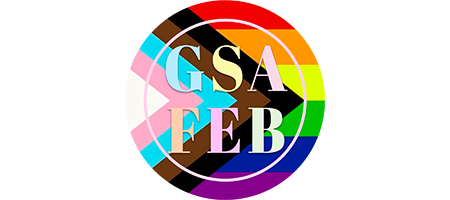Pronouns
What are pronouns?
Everyone has pronouns but what are they? Pronouns are a type of noun that can represent another noun. Examples of pronouns are He, I, or That. Pronouns need an antecedent which clarifies the noun that is referenced. For example:
- “My family is coming, and they are driving”
In this sentence the antecedent is “my family” and the pronoun referring to said family is “they”.
How to use pronouns?
Pronouns can be used in the first person when the pronoun refers to yourself, the second person when you’re referring to someone when talking to that person, or the third person when referring to someone when talking to someone else, so someone that is not part of the conversation. Here are some examples for every grammatical person:
- First person: “I am leaving, and I am grabbing my bag”.
- Second person: “You are leaving, and you are grabbing your bag.”
- Third person: “Peter is leaving, and he is grabbing his bag.”
What about they/them pronouns? While common third person pronouns are he/him and she/her, when referring to someone, people may prefer you using alternative pronouns such as they/them instead. He/him and she/her are gendered pronouns (typically) referring to men and women, respectively. However, not everyone identifies within this binary or feels comfortable using these gendered pronouns for themselves and prefer using gender-neutral they/them pronouns. They/them pronouns have been used in the English language in plural form, referring to a group of people, since the 13th century and in singular form since the 14th century. They/them is also commonly used when referring to people whose gender identity is unknown to you. An example of they/them being used in a sentence is:
- “Noah is hungry, and they are eating their food”.
Dutch pronouns:
In every language, pronouns may work differently. In Dutch they/them pronouns may be translated to the gender-neutral pronouns hen/hun or die/diens. These can be used in sentences in the following ways:
- Hen/hun: “Sam vertrekt, en hen gaat naar hun auto”.
- Die/diens: “Sam vertrekt, en die gaat naar diens auto.”
Sharing your pronouns:
As briefly mentioned, pronouns don’t always correlate with your perceived gender. If you’re unsure of someone’s preferred pronouns, you can ask the person which pronouns they prefer. It is also increasingly common to share your preferred pronouns when introducing yourself to someone, to put your pronouns in your email signature, or on your profile page(s) on social media platforms. This normalises the sharing of pronouns.
What happens if you make a mistake?
It is only human to make mistakes and it can happen that you mistakenly use the wrong pronouns for someone. Situational or cultural context may change how you respond. Depending on the context you could acknowledge your mistake and apologise and/or correct yourself and continue with the correct pronouns. For example:
- “And then Noah said she- I’m sorry they were leaving, so I […]”
What is International Pronouns Day?
International Pronouns Day advocates for respecting, sharing, and educating people about personal pronouns. This day was founded in 2018 with the purpose of having a day when people of all gender identities could come together to celebrate their pronouns and to create a greater understanding of the importance of using pronouns correctly. The day is annually celebrated internationally on the 3rd Wednesday of October.
